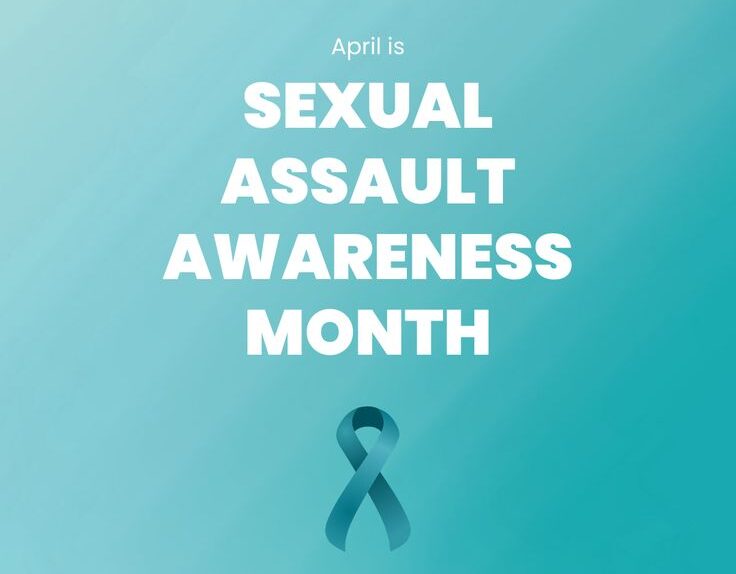What your HAIR says about your HEALTH
The silent killer disease are known to strike when you least expect them since there are no warning signs. But we might be missing clues that our hair might be


The silent killer disease are known to strike when you least expect them since there are no warning signs. But we might be missing clues that our hair might be revealing about our general health. Research indicates that changes in one’s hair texture, look or even thickness can be indicators of underlying health conditions. Here are the telltale signs from your hair that tell you it’s time to take a closer look at your overall health.
Red flag # 1: Dry, thinning hair
There are many factors that contribute to over-dry hair such as blow drying often, swimming in chlorinated water and using hair dyes. But if you notice a significant change in texture that leaves the hair limp and thin, then this could be an indicator of hypothyroidism – an underactive thyroid. Report your concerns to your doctor and request him to check your levels of thyroid hormones.
Red flag #2: Hair shedding
Admittedly, we all lose hair daily. However, if you suddenly notice a lot more hair in your comb than normal, then this could be a sign that your body is running low on iron stores or you have anaemia. Iron supplements or a change of diet to include more iron-rich foods should do the trick and restore your hair. It is imperative to note that hair shedding can also happen temporarily when there is a sudden change in oestrogen levels and often appears after pregnancy or when one stops using birth control pills.
Red flag #3: Hair loss and thinning
Protein does a lot more in our body than we usually give it credit for. If you don’t get enough of it, you may notice hair loss or thinning. Diabetes can also cause hair to thin or start falling out suddenly and some experts believe that sudden hair loss or thinning could be an early indicator that diabetes is affecting the hormone levels.
Red flag #4: Flaky scalp
Often times, people pass off dandruffs as a normal hair condition. But dandruff is now discerned to be a complicated interaction of health issues that deserve to be taken seriously. The medical term for this condition is seborrheic dermatitis, a chronic inflammatory condition of the scalp that leaves the skin patchy, and when the flaky skin loosens, it results in what we call dandruff.
Pay a visit to a dermatologist if you have a chronic flaky skin so that she can determine whether it is seborrheic dermatitis or not. If it is, then she can prescribe the appropriate shampoo and treatment regimen to correct it. There are also over-the-counter hair shampoos and prescriptions that can help manage the condition.
Scaly or crusty patches on the scalp that usually start at the hairline can also be an indicator that one is suffering from psoriasis, an autoimmune disease that makes the skin go into an overdrive, sending out faulty signals that speed up the turnover and growth of skin cells.
So, it’s high time you paid closer attention to your hair and in case you notice any sudden change, do not ignore it as it could be a pointer to an underlying problem. Remember: Do not just look in the mirror to style your hair but also to learn the truth about your hair and your general health.
Published in November 2015





